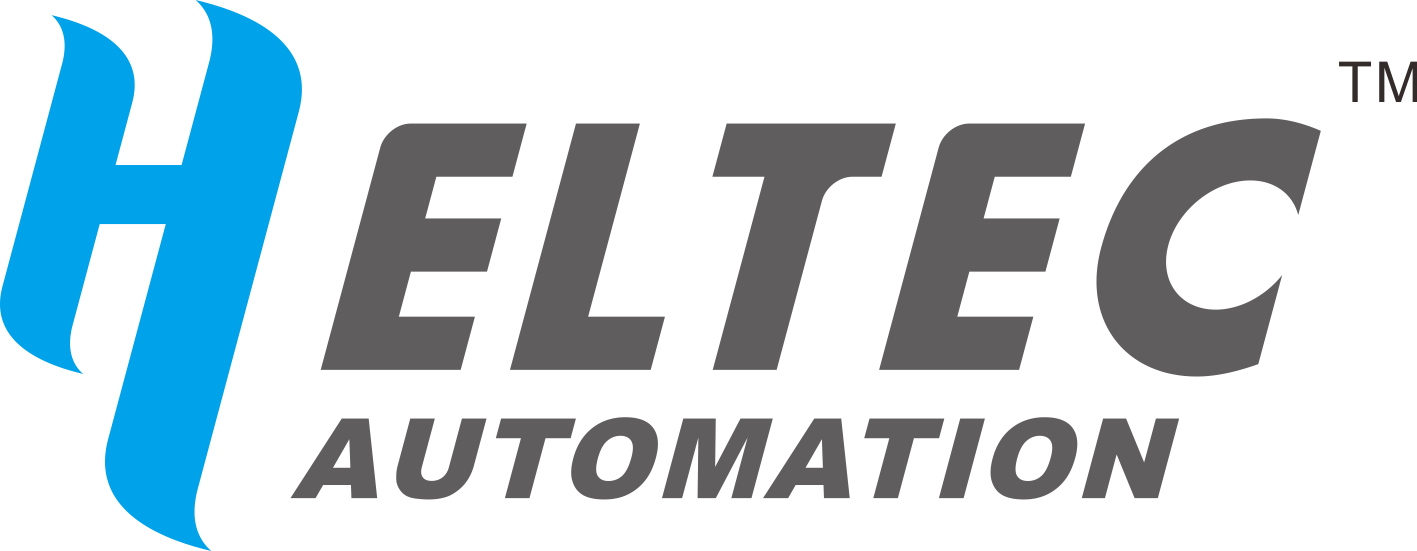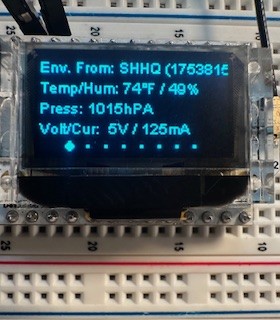- V3 is loaded with Meshtastic firmware
- Not connected to any other devices, e.g., to iPhone via BLE
- Put the V3 into boot load before compiling and uploading
- Relevant Heltec board and library(ies) added to IDE
- GPIO 41 and 42 used for SDA and SCL, respectively
- Espressif ESP32 library removed
- Both sensors are supported by Meshtastic firmware
- Sketch below
Upload is successful but board freezes up. Amber light blinks and/or becomes completely dark. Meshtastic CLI Python tool unable to connect. Have to use esptool to erase and reflash.
One comment on the internet says do not release PRG/Boot button until you see “Connecting…” on Arduino monitor. Necessary?
#include <dummy.h>
#include <Wire.h>
#include <Adafruit_BME280.h>
#include <Adafruit_INA219.h>
#define SDA_PIN 41
#define SCL_PIN 42
Adafruit_BME280 bme;
Adafruit_INA219 ina219;
void setup() {
Serial.begin(115200);
Wire.begin(SDA_PIN, SCL_PIN);
// BME280 Init
if (!bme.begin(0x76)) {
Serial.println("BME280 not found!");
while (1);
}
// INA219 Init
if (!ina219.begin()) {
Serial.println("INA219 not found!");
while (1);
}
Serial.println(“Sensors initialized.”);
}
void loop() {
float temp = bme.readTemperature();
float hum = bme.readHumidity();
float pres = bme.readPressure() / 100.0F;
float volt = ina219.getBusVoltage_V();
float curr = ina219.getCurrent_mA();
Serial.printf(“Temp: %.2f C, Humidity: %.2f %%, Pressure: %.2f hPa\n”, temp, hum, pres);
Serial.printf(“Voltage: %.2f V, Current: %.2f mA\n\n”, volt, curr);
delay(1000);
}



